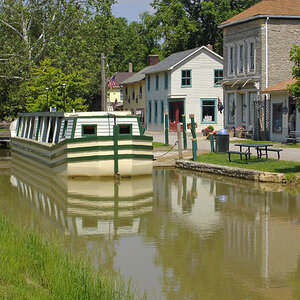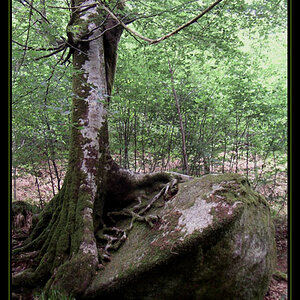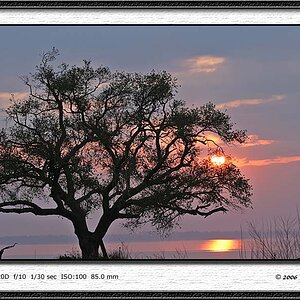den9
TPF Noob!
theres a reason. this doesnt even include the engineering and design.
ps: does anyone think the beginning with the music remind you of a late 80s drug dealing film? what is that powder? fluorite?
[ame="http://www.youtube.com/watch?v=ZUKjAk8Q-x0&feature=related"]YouTube - CANON?LENS?MAKER[/ame]
ps: does anyone think the beginning with the music remind you of a late 80s drug dealing film? what is that powder? fluorite?
[ame="http://www.youtube.com/watch?v=ZUKjAk8Q-x0&feature=related"]YouTube - CANON?LENS?MAKER[/ame]














